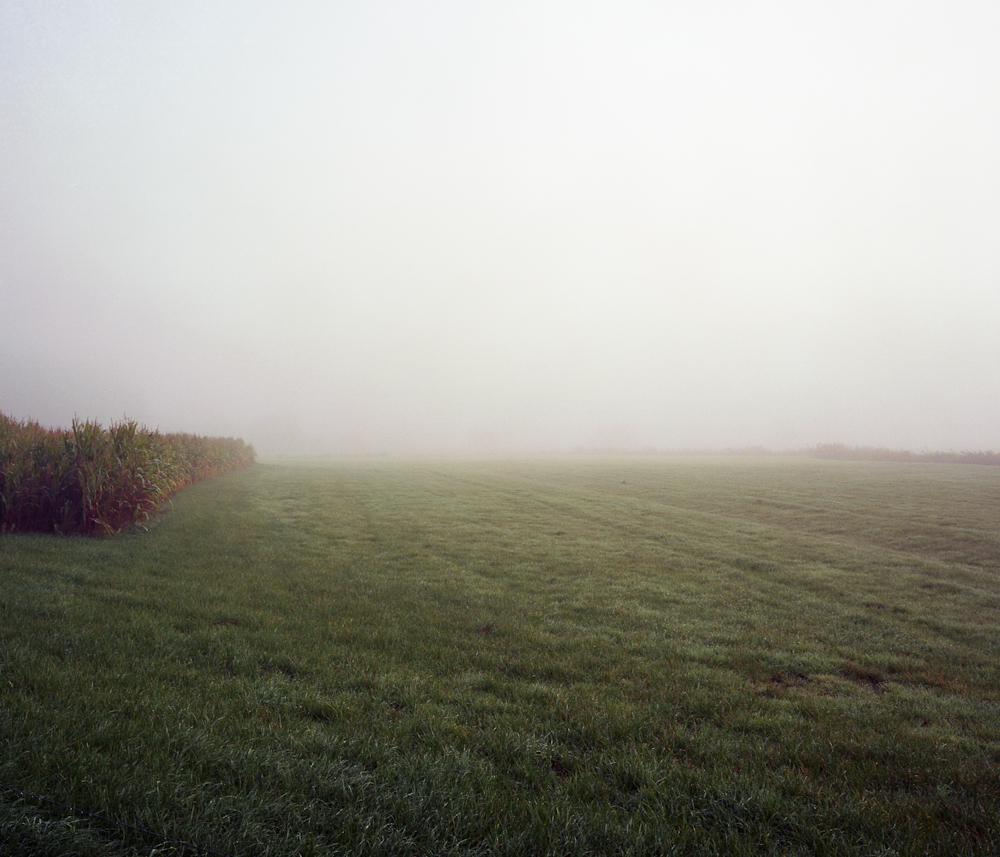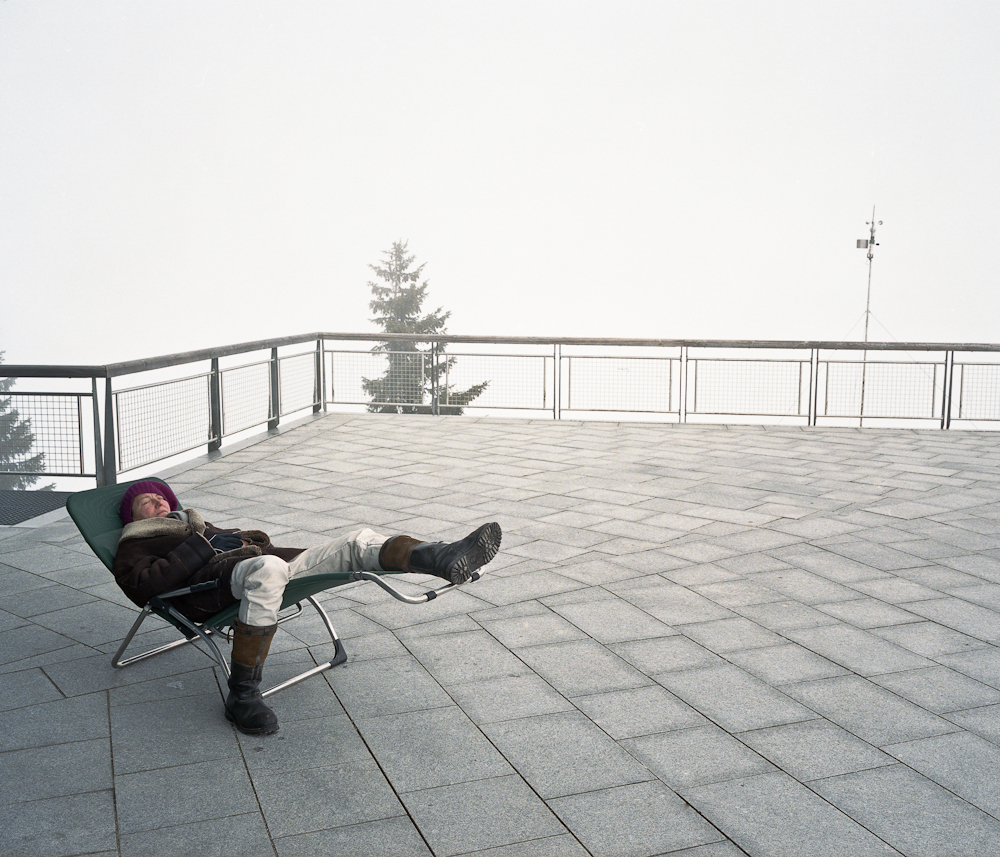text & photos by Henri Antoine
edited by Victor Anton
The series Value in the Landscape was triggered by a very sad event. The detached areal photographic reporting on the day of the tsunami in Japan, March 2011, made me realize what landscapes mean to me. Contrary to what we expect from reporting on natural disasters, it did not directly show us the tragic fate of individuals fighting against nature. It rather showed a massive blow to the infrastructure of society: from farms to roads, to airports, canals, housing, schools, industrial zones, harbors, and so on. We saw the mass of debris-filled water creep over the land, taking with it not so much individual lives – it did, of course, but not visible to us – but rather the conditions in which such lives are led. Landscapes are not just the often overwhelming natural setting in which we are placed; they are also the highly manipulated places in which we live and in which our lives become meaningful through what we have done with our natural environment.
Like so many modern day landscape photographers, I have been inspired by the New Topographics exhibition of 1975. In the work of photographers such as Bernd and Hilla Becher, Stephen Shore, Robert Adams, and Lewis Baltz I saw a detached investigative interest in the conditions of modern social life that appealed to me both as a photographer and as a social critic. But some of that work – Robert Adams and his many followers especially – is just too cold and detached for me. In stressing what has been lost in the modern landscape, it all too easily looses sight of how valuable the modern, highly manipulated and often ugly landscape still is to all of us.
After the tsunami, I suddenly realized who my favorite landscape photographer is: Joel Sternfeld. His magnum opus American Prospects (1987) starts off wher New Topographics stopped and adds something crucial: love for the landscape and compassion for the people who inhabit it. Modern landscapes do not just express alienation from nature; they also express human creativity, a search for security, for freedom, equality, adequate living conditions. Just like houses, landscapes are places we live in. And just as there is much to be loved and hated about our houses, there is much to be loved and hated about our landscapes. I aim to make photographs that express both hate and love for modern landscapes.
The series Value in the Landscape, which is a project planned for 2011-2013, investigates the modern landscape, both rural and urban, in Northwestern Europe. I have selected from the roughly hundred and fifty images that it now comprises twelve photos, mostly from rural settings, mostly taken in the Netherlands and in Germany. They are presented here in four groups of three photos related to a special theme: The good life, Mist, Housing crisis, and Winter sports.
The Good Life – Landscapes are the places in which we live. Their photographic depiction conjures questions about how we relate to our surroundings. Such questions become more pressing once we start to look carefully. Photography helps me greatly with this: it records what I decide to look at carefully and the recording is giving permanence in a print or a digital showing. I can now study it whenever I want and share it whenever I want. A half-peeled-away poster of a forest glued to a concrete city-wall may be a pretty sight in itself; it can also be used to say something meaningful about modern living conditions and our un/familiarity with our surroundings. A billboard that warns against speeding gets extra meaning when it is found not along the highway but against the backdrop of a forest in morning light. Bereft of the context of the German Autobahn (which was just meters behind me…), the question whatever happened to that man hits me much more directly than it does as seen from my speeding car.
Mist – Even the more critically minded among landscape photographers will find great beauty while out and about. My favorite type of weather is probably mist. It has the capacity to change even the most mundane of landscapes into magical places. This becomes most apparent while photographing, indeed, mundane objects in misty conditions. One idea would be to go back to these places and photograph them in harsh and sunny conditions and present the photographs together. But perhaps the result would not be very interesting: it may be better to confront the viewer with these misty landscapes alone and let him- or herself figure out what these weather conditions add to the photo.
Housing crisis – In my home country, the Netherlands, many building sites have remained largely unchanged since 2008. Planning or building began in 2007 or 2008 and has never been completed. The billboards with ads that promise pure happiness become bigger each year, the smiles of the models shown on them grow with the despair of the project developers. Banks just don’t invest in the sites anymore, and they won’t give people on an average salary mortgages that will buy even the simplest of houses. The government is unwilling to bring much needed change to the housing market. Most importantly, it should stop giving current house owners huge tax benefits. But if it would, these house owners would in the next elections not vote for the parties now in charge. So the crisis continues.
Winter sports – If there is one type of human activity in which love and devastation of the landscape are one and the same thing it must be in winter sports. In Europe, large parts of the Alps have effectively become fully manipulated pleasure sites. The websites and magazine ads will show you attractive looking young people in idyllic winter landscapes. But to me, this is what a skiing vacation looks like. The photo of the person all dressed up for skiing in a snowless landscape, trying to reach skiing salvation through a map showing him his cut off options, speaks for itself. The best thing to do is probably what the lady in the resting chair does: close your eyes and enjoy the cold air. Loose yourself in a dream of being one with nature.
Henri Antoine is the pseudonym of Bert van den Brink (1964). He works at Utrecht University in the Netherlands, as a professor of political and social philosophy. The photographic series Value in the landscape is part of a larger photographic & philosophical project about human beings’ place in and dependence on the landscape.
www.flickr.com/photos/henriantoine/






















